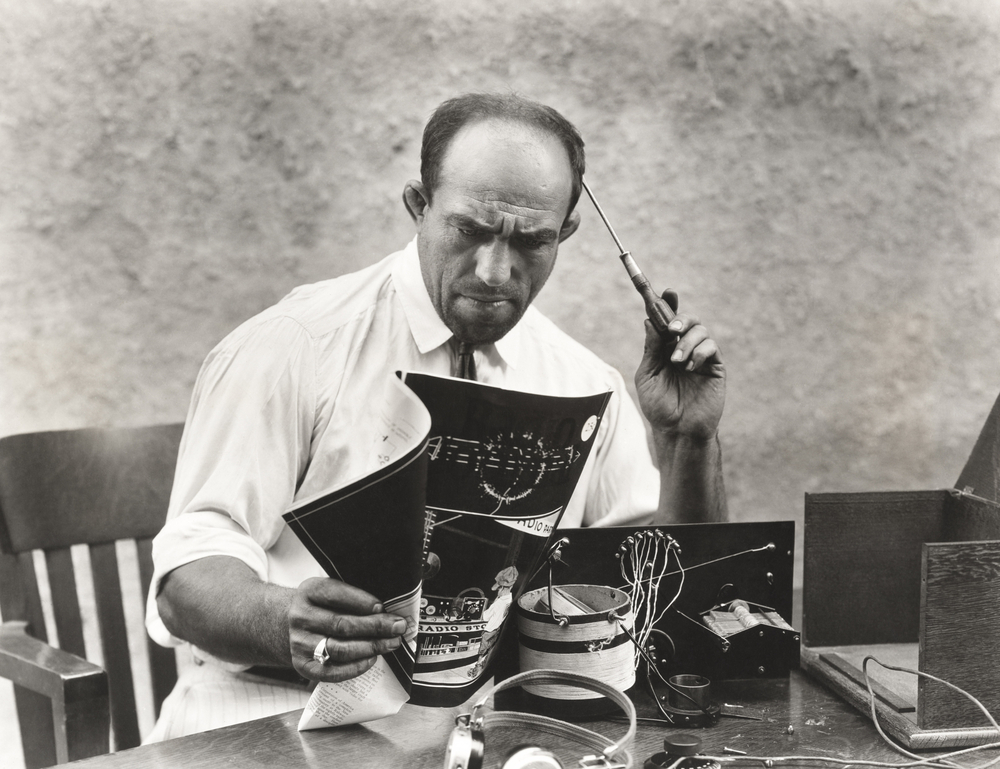Beginners Guide to Beacons

‘Beacon Technology’ is a phrase we have been hearing across the destination management industry for some time, but what are beacons, what do they do and why use them?
What
A beacon is essentially a small transmitter which can be physically installed within shopping centres, arenas, stadiums and venues, and broadcasts a signal when a smartphone or other ‘listening’ device is close by.
Why
Beacons can be used in a variety of ways but with one key aim: to engage with guests for commercial gain.
The way in which Beacons are used varies dependant on the destination or environment they are being used in.
Shopping Centres
Shopping centres have been leading the way to revolutionise guest experience for some time, initially through face-to-face interaction with front of house teams, and gradually by integrating free Wi-Fi and beacon technology across portfolios.
The idea behind these initiatives it to personalise the experience for each guest that steps through the doors, with those connected to the app and beacons receiving push notifications of targeted promotions when they approach different stores.
With repeat shoppers, this data can be used to further personalise promotions based on shopping habits, tailoring the guest experience to exceed customer satisfaction.
Beacons can also be used to provide on-demand product information and simplify mobile payments.
Conferences & Exhibitions
From the moment attendees enter the venue, event management teams can implement beacons to speed up and personalise the check-in process. By prompting attendees with a pre-event email and information about downloading a tailored app, once they step through the doors they will be immediately, automatically checked in and greeted with personalised information.
With attendees firmly inside the venue, their key goals will be to work the room, visit the stands and network with other people in the industry, and they expect event organisers to enable them to do this.
Beacons and location technology can provide attendees with interactive maps, guided tours, provide information on stands of particular interest, and prompt them when they are near people with similar interests.
Museums & Galleries
Similarly, with galleries and museums, beacons enable curators to swap information boards for push notifications when visitors approach particular exhibits. By asking visitors to download the app, beacon technology can push this information directly to their device.
Maps and guided tours also enable visitors to make the most of exhibitions and are much more effective than a paper map, by pinpointing their exact location and proximity to specific areas.
Live Events
Beacons at live events enable production teams to increase brand engagement and awareness by driving real time participation with prompts for guests to post on social media and utilise unique hashtags.
There are also significant sponsorship opportunities to be leveraged for revenue, not only by prompting guests to visit certain areas or stalls, but by collaborating with larger service providers to deliver Wi-Fi services or offers.
Prior to the recent Glastonbury weekend, festival goers were prompted to download the event app to build personal line-ups, connect to friends on Facebook and view their plans, share map pins to coordinate meeting places or show people where their tents are, and stay up-to-date with the latest festival news with notifications straight to their device home screens.
This venture was done in partnership with EE who provided free mobile charging to guests and pushed promotions for their Juice Tube Power Bank.
Analytics
By personalising guest experience and building trust with people to share their preferences and purchase information, this information can be collated, analysed and translated to produce tactical commercial strategies.
This valuable information gives brands insights into customer habits: who is visiting, how much money they spend, how they navigate, what purchases they make, and then be implemented to optimise experience and ultimately increase revenue.
Personalising customer service and guest experience will ultimately lead to a greater feeling of appreciation and stronger sense of loyalty from consumers.
How
The challenge for event organisers and venue managers is upgrading destinations to incorporate this technology and enabling visitors to connect. This means Wi-Fi must be readily available, beacons must be strategically placed, and guests must be engaged and informed about how and why they should participate.
For a significant return on investment, it seems reasonable to suggest that this must be done within large scale assets. For a consumer to download an app, connect to Wi-Fi, turn on location settings and connect to the app, there has to be a significant return on their time spent doing so to prompt enough people to engage and make it worth while for the technology to be installed.
Beacons are an effective way for venues to interact and connect with customers. Getting customers on board is an obstacle, but once this is overcome, the rewards to be reaped are significant.
Shaunagh Durkin, Senior Consultant, Shopping Centre and Venue Management, Foundation Recruitment

